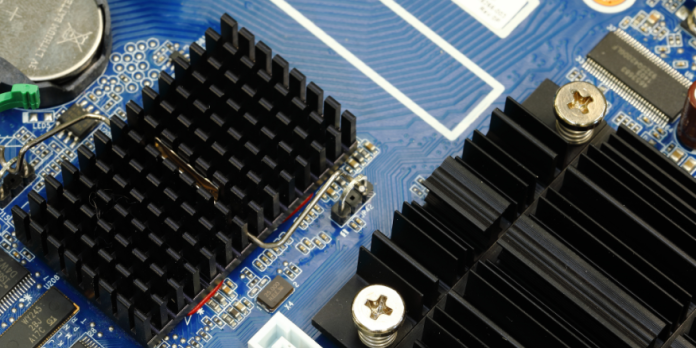Heat sinks are imperative constituents of electronic gadgets that have a pivotal function in preserving the ideal working temperature of constituents like microprocessors, graphics cards, and other high-functionality electronic apparatus. Heat sinks assist in the removal of heat produced by these constituents and dissipate it into the surrounding atmosphere, preventing the device from overheating, which can result in damage or dysfunction.
On the other hand, heat pipes are a genre of heat sink that can offer supplementary advantages, including an upsurge in heat transfer effectiveness and adaptability in design. In this write-up, we will explore the benefits of heat sink with heat pipe and how it has transformed the thermal management of electronic gadgets.
Increased Heat Transfer Efficiency
Heat pipes exhibit significantly greater thermal conductivity than solid materials, leading to more efficient heat transfer. By utilizing a heat sink, alongside a heat pipe, heat generated by a component can be rapidly transported from the heated component to the heat sink. The heat sink can then release the heat into the neighboring air. This process can effectively avoid device overheating and enhance its overall performance.
Reduced Size and Weight
Compared to conventional solid-material heat sinks, heat pipes may be manufactured significantly lighter and thinner. Electronic gadgets may be able to become smaller and lighter as a result, which may be particularly advantageous for portable electronics like laptops and smartphones. Heat pipes’ smaller size and less weight can also aid in better thermal control in devices with constrained room for cooling systems.
Increased Flexibility in Design
Heat pipes may be bent and molded to fit around other parts, giving electrical device designers additional design freedom. This can enhance the device’s overall functionality and efficiency while also helping to optimize the component architecture. Heat pipes are a flexible thermal management solution since they may be utilized in a number of forms, such as heat spreaders, heat exchangers, and vapor chambers.
Improved Reliability
Due to the lack of moving components and the need for an external power source, heat pipes are a very dependable heat transmission technique. By doing so, the lifespan of electrical gadgets can be extended and less maintenance or repair work would be required. For equipment used in extreme conditions, such as military or aerospace applications, the dependability of heat pipes is a crucial consideration.
Reduced Noise
Heat pipes can assist decrease the need for fans or other cooling equipment, which can produce noise, by increasing the heat transfer efficiency of the heat sink. This can contribute to the creation of a calmer and more relaxing working atmosphere, which is crucial for equipment used near to people, such as personal computers or medical equipment.
Conclusion
When used in conjunction with heat sinks, heat pipes provide a number of advantages, including as enhanced dependability, lower noise levels, decreased size and weight, increased design freedom, and higher heat transfer efficiency. These advantages have completely changed how electronic devices regulate their temperature environments, making them a necessary part of many contemporary technologies.
By integrating a heat sink with a heat pipe, the heat generated by the component can be expeditiously transferred from the hot component to the heat sink, which can subsequently disperse the heat into the encompassing atmosphere. The utilization of heat pipes has created new opportunities for electrical device design, allowing creators to produce smaller, lighter, and more effective gadgets.










